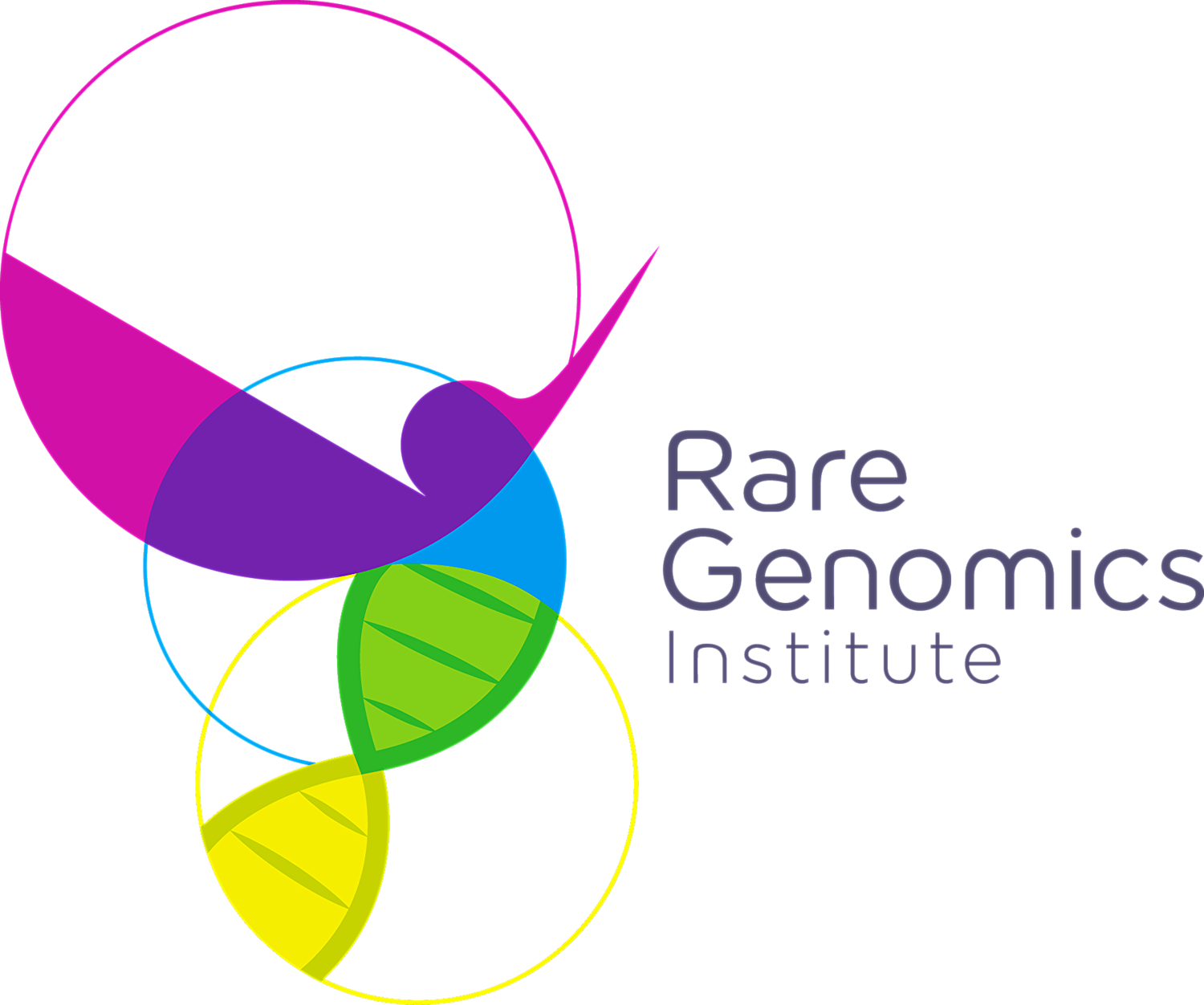Funding Challenges in Rare Disease Research: How Financial Support Can Transform the Rare Disease Landscape
/According to the National Institute of Health (NIH), approximately 7,000 rare diseases have been identified in the United States. A disease is classified as rare if it affects fewer than 200,000 individuals. Although rare diseases are individually rare, they impact an estimated 25 to 30 million Americans collectively. Unfortunately, rare diseases have historically faced diagnosis and treatment challenges. Despite significant scientific advancements over the years, securing consistent financial support for rare disease research and drug development remains the biggest challenge for treatment in patients with rare diseases.
One of the most devastating consequences of inadequate financial support and funding in rare diseases is the extended diagnostic journey which many patients face. It takes approximately six to eight years for a rare disease patient to receive an accurate diagnosis. The reasons include:
Low awareness,
Insufficient research,
Lack of specialized diagnostic tools
Though most of the rare diseases are genetic, whole-genome sequencing and other advanced diagnostic methods remain expensive and inaccessible to most rare disease patients. Rare disease patients are often misdiagnosed, leading to incorrect treatments that further harm their financial, mental and physical well-being. Once a rare disease is correctly diagnosed, many patients still face the harsh reality of having no approved treatments, leaving them reliant on symptom management therapies.
Barriers in rare disease funding
Effective management of rare diseases demands advanced genetic diagnostics and personalized treatment strategies based on individual genetic profiles. However, both are dependent on adequate financial backing. Many potential drugs never make it past early research stages due to the lack of financial support. Pharmaceutical companies often show reluctance in drug development and clinical trials for rare diseases due to the small patient populations and uncertainty on the return of the investments. Research grants from NIH for rare diseases have been scarce due to competition with more prevalent diseases like cancer, diabetes, HIV, neurological and cardiovascular disorders. The recent policy changes under the current administration have significantly impacted the NIH leading to a freeze on federal funding which has adversely affected research across various medical fields including rare diseases. The compounded effect of funding freeze and NIH workforce reduction has disrupted ongoing research projects and hindered the initiation of new studies. This has been particularly detrimental to rare disease research, an area that already faces challenges in securing adequate funding.
To combat the financial gap in rare disease research and treatment, a multifaceted approach is needed incorporating strategies such as:
Increase in government funding from NIH to accelerate rare disease research in terms of advanced diagnostic tools and personalized treatment strategies.
Increase in collaborations between academic researchers, pharmaceutical companies and nonprofit organizations to fund rare disease research and clinical trials.
Increase in patient awareness, fostering collaborations, raising funds and pushing for policy reforms by patient advocacy groups like Rare Genomics Institute.
Bridging the financial gap in rare disease research is not just a matter of investment; it is a necessity for millions of patients waiting for better diagnostics, effective treatments and a chance at a healthier life. Sustainable funding, collaboration and advocacy are essential to transforming the rare disease landscape. Without urgent and continued financial support, the cycle of delayed diagnoses and limited treatment options will persist. Since millions of Americans are affected by rare diseases, prioritizing rare disease research will not only improve their lives but also pave the path for future generations who may face these conditions, ensuring better diagnostics, treatments and healthcare advancements for years to come.

